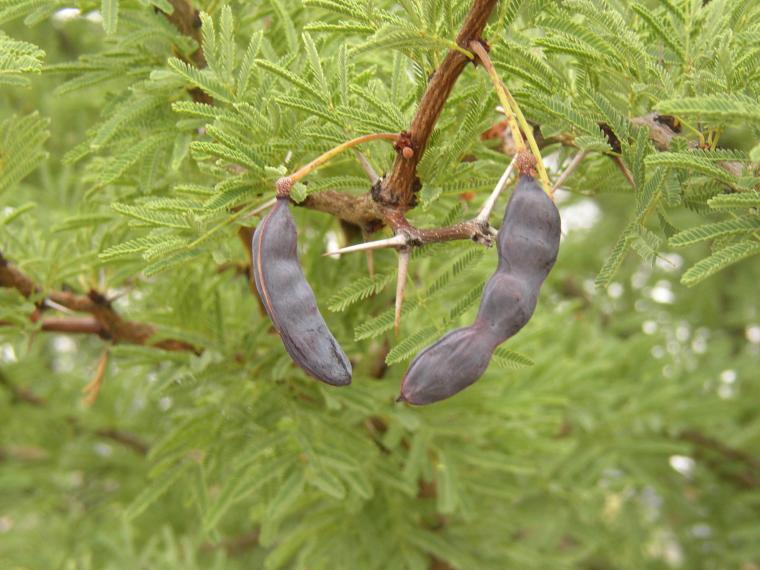What Are Legumes?
Legumes are plants in the family Fabaceae/Leguminosae. With over 19,500 species worldwide, Fabaceae is the third largest family of flowering plants. Legumes are found on all continents except Antarctica and grow in habitats ranging from alpine and Arctic tundra to tropical rainforests as herbs, herbaceous and woody climbers, shrubs, and trees. Legumes are very important economically as well as for natural ecosystems in part because they can convert nitrogen in the air to a form usable by plants and other organisms (nitrogen fixation) through an association with Rhizobium bacteria. At DELEP we work to preserve the considerable legume biodiversity from dry regions of the world.
Legumes have a amazing range of growth forms, flowers, and fruits but also share several characteristics. Most legumes have compound leaves with stipules (leaf appendages found at the leaf base), and bilaterally symmetric flowers (except the mimosoids). Legumes get their name from the characteristic fruit type of the family called a legume, a dry pod derived from a single carpel that usually opens along two sutures when mature to release its seeds. Legumes traditionally have been divided into three subfamilies, but recent phylogenetic studies have led the family to be reorganized into six subfamilies (see Legume systematics).
Vachellia_astringens_pods.jpg

Vachellia astringens legumes (pods) at DELEP's former West Campus field
